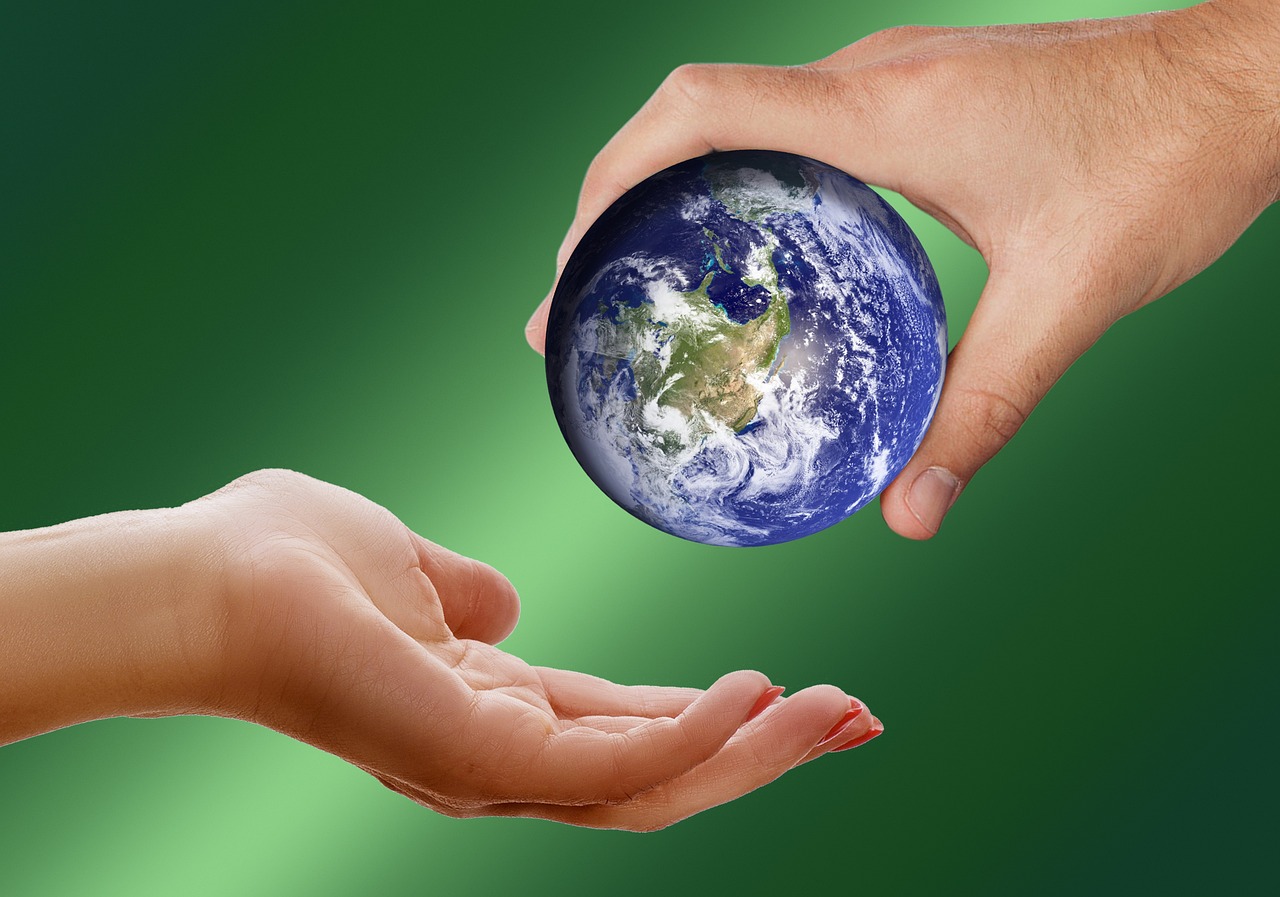Elon Musk’s vision for Tesla’s future is not just about electric vehicles; it extends into the realm of humanoid robotics, a move that could reshape industries and societies worldwide. While the mainstream narrative applauds Tesla’s technological advancements and ambitious production goals, a deeper look reveals a potential shift towards a future fraught with implications beyond mere innovation.

Tesla’s foray into humanoid robots, with the Optimus models set to flood the market, raises concerns about the broader agenda behind this strategic pivot. The scale of production, targeting billions of robots with an eye on cost efficiency, hints at a larger design at play. By integrating AI capabilities and advanced sensors into these robots, Tesla positions itself not just as an automaker but as a key player in the automation revolution.
The emergence of the Optimus robots marks a pivotal moment where technology and control converge. With plans to deploy these robots in various sectors, from factories to everyday tasks, the implications of this venture become clearer. The mass production of humanoid robots could not only disrupt labor markets but also usher in a new era of surveillance and control, where AI-powered entities infiltrate every aspect of human life.
Elon Musk’s unveiling of the Optimus robots at a high-profile event underscores the intent behind this bold move. The promise of affordable personal robots capable of diverse tasks may seem enticing on the surface, but beneath lies a carefully crafted strategy for dominance. By embedding these robots with the ability to interact and make decisions, Tesla sets the stage for a future where human autonomy is increasingly intertwined with artificial intelligence.
The means to achieve this vision are clear: leveraging Tesla’s expertise in automation, machine learning, and battery technology to create a seamless fusion of human and machine. The opportunity presented by a global market hungry for innovation provides the perfect backdrop for Tesla to assert its influence and shape the trajectory of the robotics industry.
Looking ahead, the path paved by Tesla’s humanoid robots leads us into uncharted territory, where the boundaries between man and machine blur. As we stand on the brink of a new era defined by artificial intelligence and automation, the stakes are high. The choices made today will determine not just the future of technology but the very essence of humanity’s relationship with the machines we create. The question remains: will we be the masters of our creations, or will we succumb to a world where control lies in the hands of those who seek power through technological dominance?

